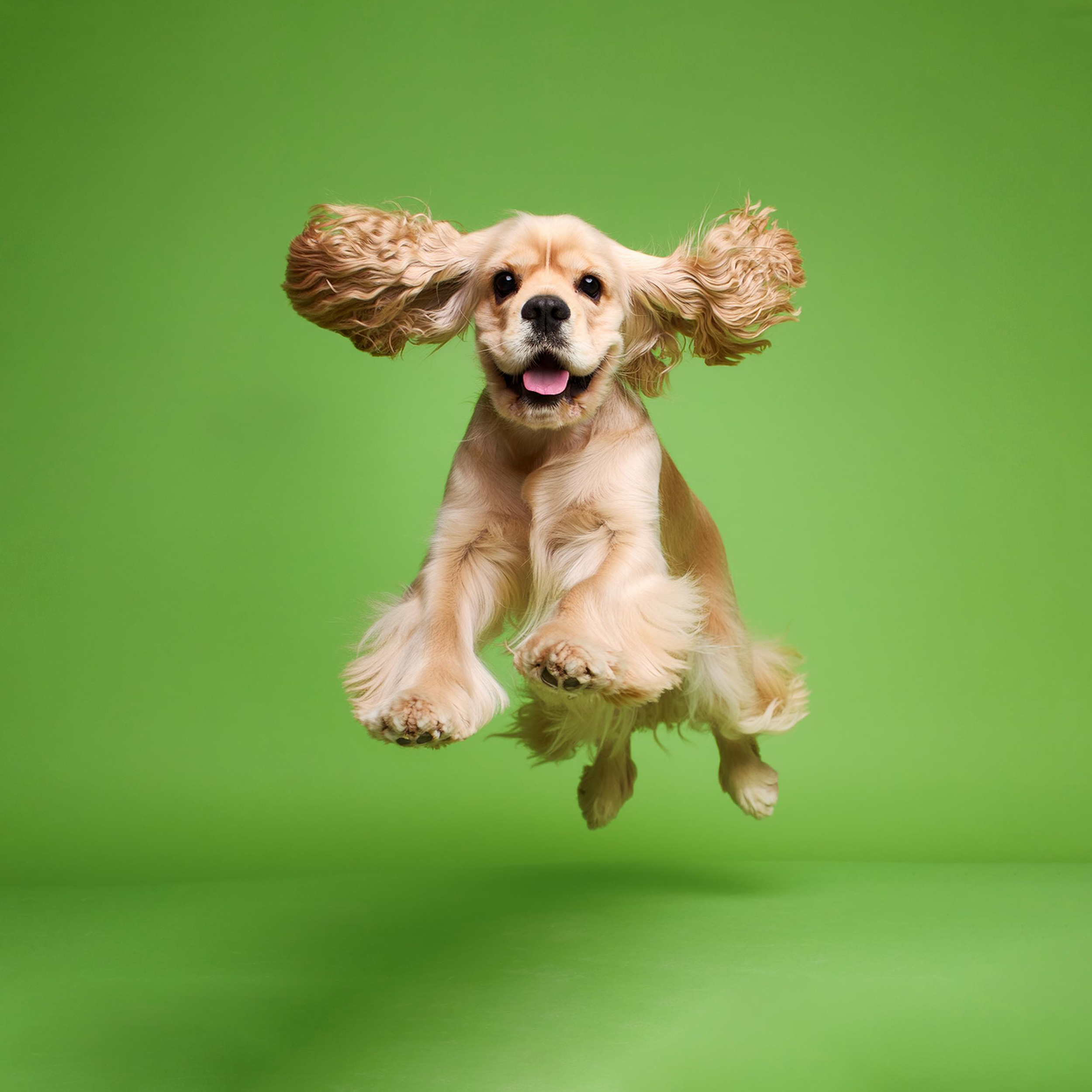Hip Dysplasia
Hip dysplasia refers to partial or complete loss of the hip joint. Hip dysplasia can cause bone wear and tear and pain associated with this process. Most companion animals suffer from hip dysplasia from birth. If hip dysplasia is diagnosed at an early stage, you can easily correct the problem. In other cases, surgery may be needed to reposition the bones.
Although genetics play an important role in the development of the disease, maintaining a healthy weight can help reduce stress on the joints. Daily walking and swimming will help to form the muscles around the pelvis and maintain their strength.
Ear Infections
Breeds with large ears (German Shepherd, Poodle, and Beagles) are particularly prone to ear infections. To prevent ear infections, we recommend using hygiene products specially designed for four-legged friends. Along with fungi and bacteria, ear infections may also be caused by a foreign body, a polyp, or even a tumor. That is why only drug treatment cannot solve the problem – your American Cocker Spaniel’s ears should be thoroughly examined by a veterinarian.
Glaucoma
Glaucoma causes increased intraocular pressure and damage to the optic nerve. In the initial stages of glaucoma, the vision of companion animals deteriorates slightly, however, over time, it may lead to incurable blindness.
Although it is difficult to prevent the disease, regular veterinary check-ups and eye health diagnostics can significantly help to detect the disease at an early stage and effectively guide the treatment process. A diet rich in antioxidants, omega-3 fatty acids, and vitamins A, C, and E will significantly help your important family member maintain eye health.
Hereditary Cataract
Cataracts cause a gradual deterioration of the companion animal’s vision. At this time, the crystal, which is transparent in a healthy eye, acquires a grayish or milky color. Congenital cataracts are usually caused by an infectious disease or birth trauma acquired during the mother’s pregnancy. Although managing congenital diseases is often beyond our control, eating foods rich in vitamins C and E can greatly improve the eye health of your important family member.
As a competent parent, remember that regular veterinary check-ups and protecting the eyes from the harmful effects of the sun are prerequisites for effective disease management.
Progressive Retinal Atrophy
Progressive retinal atrophy causes gradual degeneration of the retina and loss of vision. The disease is passed on to companion animals by inheritance. Regular eye exams and a diet rich in antioxidants can help maintain retinal health. Before adopting an important family member, carefully research its genetics and make sure that your future companion doesn’t have a genetic predisposition to vision problems.

